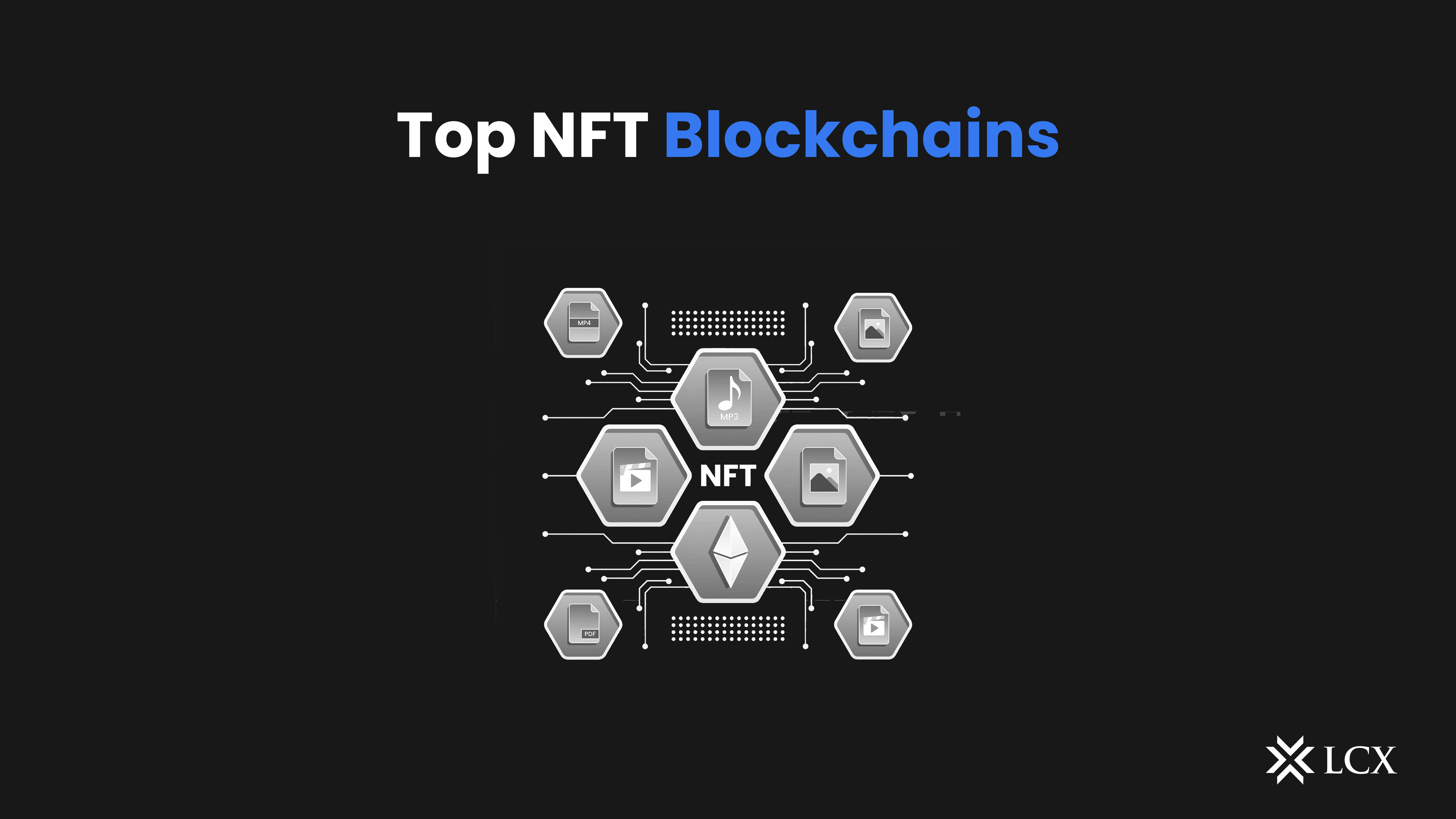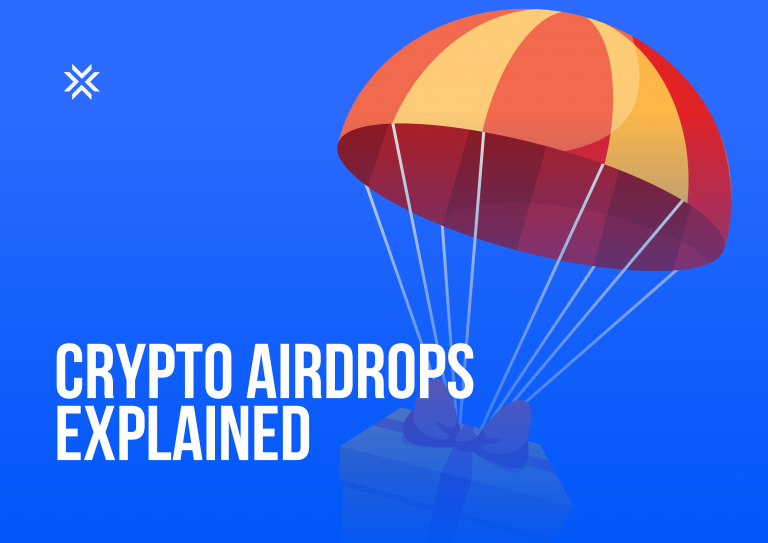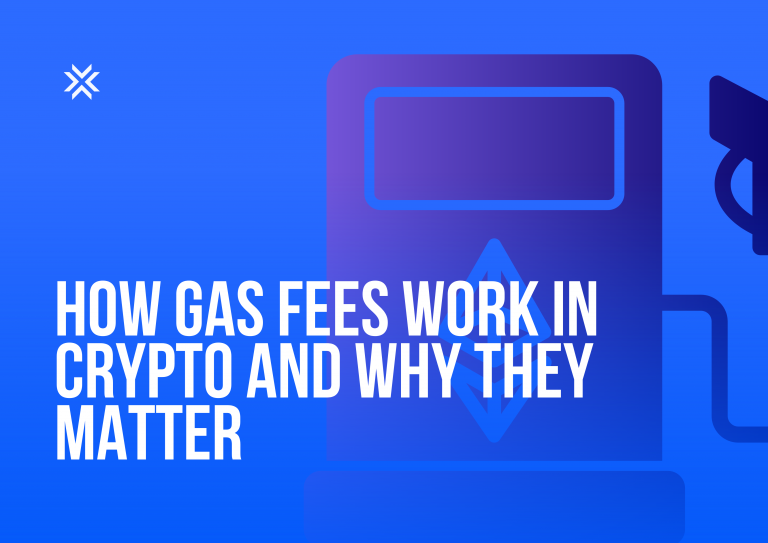When addressing NFTs, the Ethereum blockchain rules are dominant. Viewed by numerous individuals as the ultimate destination for NFTs, it has become the most discussed and, at times, the most visited blockchain on the market over the past years.However, the adoption of numerous other blockchains has increased in the NFT space. Crypto-artists and NFT devotees are continuing to seek out new exchanges for the minting and trading of NFTs due to the high transaction fees and environmental impact of the Ethereum blockchain.
A group of smart contracts that define the terms of a transaction between a buyer and a supplier forms the foundation of NFT marketplaces. NFTs are a distinct benefit of blockchain technology. Various blockchains are utilized by developers to generate non-fungible tokens. Each has numerous advantages and disadvantages. To select them appropriately for growth and development, it is necessary to perceive their differences.
Points to Consider Before Selecting the Blockchain for the NFT Project.
There are a wide range of variables to consider when selecting a blockchain to mint on. These components include:
Transaction rate
The rate of processing transactions and confirmations differs between blockchains. Users who wish to purchase or mint their NFTs as soon as possible may value speed. It is not uncommon for collections to sell out immediately.
A blockchain that can only process 50 or 60 transactions per second (TPS), for instance, can readily slow down the minting and transmission rates of a project’s NFTs. Remember that delays can be exacerbated during peak traffic periods.
Transactional Prices
When selecting the best blockchain for their requirements, transaction fees are one of the most essential variables users and projects consider. When users submit transactions for confirmation, they incur these fees, which are frequently affected by network traffic. For example, if a blockchain becomes overloaded, users might be forced to outbid each other in terms of transaction fees to ensure that their transactions are processed.
There have occasionally been networks with transaction fees of up to $50 per transaction. In such circumstances, users may not be willing to acquire or mint NFTs.
Security
In the crypto market, security is a high priority. As a result of the blockchain’s fundamental technology, several networks provide a trustworthy, stable, and safe experience. However, this does not imply that hacking does not occur.
Investors, traders, and NFT creators have lost funds and data due to blockchain breaches, while the teams developing them face malware infections.
Standardization for Smart Contracts
EVM (Ethereum Virtual Machine) supported blockchains construct smart contracts using a standard language. If one already has experience with Solidity, it can be easier to choose another EVM-compatible network. Numerous users are more familiar with these networks and frequently possess suitable wallets.
Compliance Mechanism
The consensus mechanism of a blockchain is central to its proof and validation procedures. The two most common consensus mechanisms for public blockchains are proof-of-work (PoW) and proof-of-stake (PoS). One must choose a network with the best consensus mechanism for their circumstances.
Popular Blockchains Supporting NFTs
Ethereum
Ethereum, the largest and best-known blockchain after Bitcoin, pioneered the concept of NFTs in 2014. As the NFT marketplaces thrived in 2017 and NFTs evolved into a tool based on smart contract technology, Ethereum released the multi-token standard ERC-1155 to facilitate widespread NFT adoption. Earlier token standards, such as ERC-20 and ERC-721, required the development of a separate smart contract for each token type. With ERC-1155, the smart contract protocol now permits the simultaneous transmission of multiple token types, thereby reducing transaction fees.
Notably, Ethereum’s prominence results in higher transaction costs for minting and trading NFTs. As a consequence, alternative NFT marketplaces based on alternative blockchains have emerged. As a result of the Merge, Ethereum now employs a PoS consensus protocol, which enables it to draw on less power than its previous PoW system.
Polygon
Polygon is an EVM-compatible blockchain that enables instant and secure transactions with EVM-compatible currencies like ether (ETH). Polygon was designed to function as an alternative blockchain to Ethereum and is one of Ethereum’s first scaling solutions.
Polygon operates concurrently with the Ethereum blockchain using the PoS architecture. As a Layer 2 solution, it combines many of Ethereum’s characteristics, including its security reputation, smart contract capabilities, and EVM interoperability. Polygon can provide a greater degree of scalability and adaptability than Ethereum, and people frequently choose it due to its lower cost and increased efficiency.
Solana
The Solana (SOL) ecosystem has emerged as one of the most promising blockchains for hosting and trading non-fungible tokens (NFTs). In comparison to Ethereum, the market leader in NFTs, the Solana blockchain offers high throughput and minimal fees. The blockchain platform Solana utilizes its internal Metaplex brand umbrella to provide various NFT-development-related tools, smart contracts, and services. Solano, unlike Ethereum’s blockchain, implements stateless smart contracts and provisions for quicker and cheaper transactions. Proof-of-stake (PoS) and proof-of-history are both used as consensus mechanisms on the Solana blockchain.
NFT artists and traders are attracted to the Solana marketplace by the platform’s promise of censorship resistance and virtually nonexistent transaction fees, which is one of the key differentiating characteristics of the Solana blockchain. All NFT smart contracts on Solana are inert, enabling nodes to validate their validity without storing local validations. The Solana blockchain also permits third-party accounts to store data and access newly deployed smart contracts. By eliminating the need for storage within the device, Solana makes it possible for NFTs to have lower transaction costs.
Cardano
The Cardano (ADA) blockchain is a third-generation Proof-of-Stake (PoS) blockchain platform that seeks to address the shortcomings of the Bitcoin (BTC) and Ethereum (ETH) platforms.
Using one of the native third-party services to mint NFTs on Cardano, or self-minting using the Cardano node, gives the user complete control over the minted token.
Each transaction on Cardano, including the minting, buying, and selling on NFT marketplaces, incurs a fee, which is presently determined by the file size of the transaction. Consequently, smaller file sizes will incur reduced fees compared to larger file sizes. In-house marketplaces for minting and trading NFTs and wallets for storing NFTs and DeFi assets are also provided by the ecosystem.
Conclusion
Blockchain technology is the foundation of digital asset trustworthiness, and its structure and protocols are essential for the security and legitimacy of NFT marketplaces. Moreover, blockchains are the basis for smart contracts, which are essential for the transmission and management of digital assets. By mastering blockchain technology and non-fungible tokens, one can capitalize on the expanding opportunities in the decentralized digital collectibles market.










